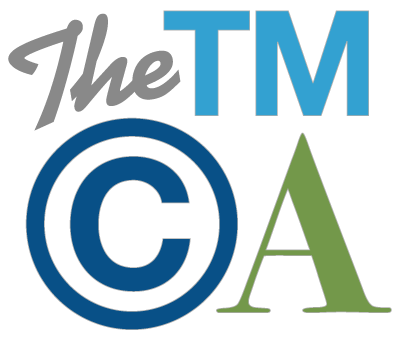Dr. Phil and His Texas-Sized Copyright Victory in the Lone Star State: Is This “EDTX 2.0” After TC Heartland?
 And just like that, it was over. The U.S. Supreme Court’s decision in TC Heartland v. Kraft Foods Group sun-setted the reign of the U.S. District Court for the Eastern District of Texas as the country’s busiest (and arguably, friendliest) venue for patent plaintiffs. But rumors of that district’s demise as a haven for IP holders may be greatly exaggerated, especially if a recent copyright decision involving TV celebrity Dr. Phil McGraw is any indication.
And just like that, it was over. The U.S. Supreme Court’s decision in TC Heartland v. Kraft Foods Group sun-setted the reign of the U.S. District Court for the Eastern District of Texas as the country’s busiest (and arguably, friendliest) venue for patent plaintiffs. But rumors of that district’s demise as a haven for IP holders may be greatly exaggerated, especially if a recent copyright decision involving TV celebrity Dr. Phil McGraw is any indication.
This Lone Star State dispute stems from the actions of one Ms. Leah Rothman, a longtime segment director for the Dr. Phil show. In 2015, Ms. Rothman sued Dr. Phil and his production company in California for various employment-related harms including intentional infliction of emotional distress, retaliation, and wrongful termination. Apparently in an attempt to document evidence for her employment case, Ms. Rothman used her iPhone to record a nine-second video clip of Dr. McGraw from archived, unaired footage of the Dr. Phil show. This was (arguably) done in violation of her employment agreement that required her to “keep confidential and never disclose…any statements or comments concerning Dr. Phil McGraw, the Dr. Phil Show, or any of his/its Confidential Information.” After learning of Ms. Rothman’s surreptitious recording, Dr. Phil’s production company registered the unaired, nine-second video segment with the U.S. Copyright Office and sued Ms. Rothman in the EDTX for copyright infringement.
Ms. Rothman moved to dismiss (and, alternatively, for summary judgment) claiming her actions constituted fair use under the Copyright Act. The Hon. Rodney Gilstrap not only denied Ms. Rothman’s motion, but sua sponte granted summary judgment in favor of the good doctor’s production company. Here’s a summary of how Judge Gilstrap sized up fair use:
- Purpose and character of the Use. Judge Gilstrap found that Ms. Rothman copied the clip for “a purely self-serving purpose,” that is, “to aid her pending lawsuit seeking money damages where she is the only plaintiff and sole potential beneficiary.” Because she breached her employment contract in doing so, this weighed “strongly” against her under the first factor. Further, the Court did not believe that simply using the clip in a judicial proceeding was sufficiently “transformative.” Although the Court appeared tepidly persuaded by the lack of a “commercial use” of the video, Rothman’s “clearly self-serving” use was too much for the Court to overlook.
- The Nature of the Copyright Work. This factor was considered “neutral.”
- The Amount Used. The Court held that Defendant copied the “entire work,” but that conclusion is based on the fact that Plaintiff only registered the nine-second clip that Ms. Rothman copied.
- Effect on the Market Value. This factor (along with the first factor) is often consider the most important factor in fair use. Interestingly enough, the Court found that Plaintiff failed to identify a market that it may someday exploit for video clips like this and, therefore, fair use weighed in favor of Rothman.
There are several aspects of the Court’s ruling that should give one pause. First, the Court’s narrow interpretation of the first factor is questionable. Any lawsuit could be considered “self serving” in that it will only directly benefit the named parties. Moreover, the purpose of Ms. Rothman’s use (to expose allegedly improper conduct of Dr. Phil through the judicial process) is obviously different than the purpose behind maintaining archival footage in the first instance. Ms. Rothman’s use was clearly transformative. Second, the Court’s analysis on factor three is also problematic. A Plaintiff could always game fair use by registering exactly what was copied thereby ensuring the amount used was the “entire work” under the fair use rubric. The Court should have looked at the underlying work as a whole (i.e., the unaired footage in the archives or at least some portion of the archives) instead of what the Plaintiff registered. Finally, many copyright fair use cases turn on the effect on the market value of the original work. The Court’s decision is particularly noteworthy here because even though there was no evidence of market harm presented, the Plaintiff still prevailed on fair use.
Unless this decision is reversed on appeal, it raises an intriguing question: are we witnessing the dawn of EDTX 2.0, a (very) copyright friendly venue in a post TC Heartland world?








